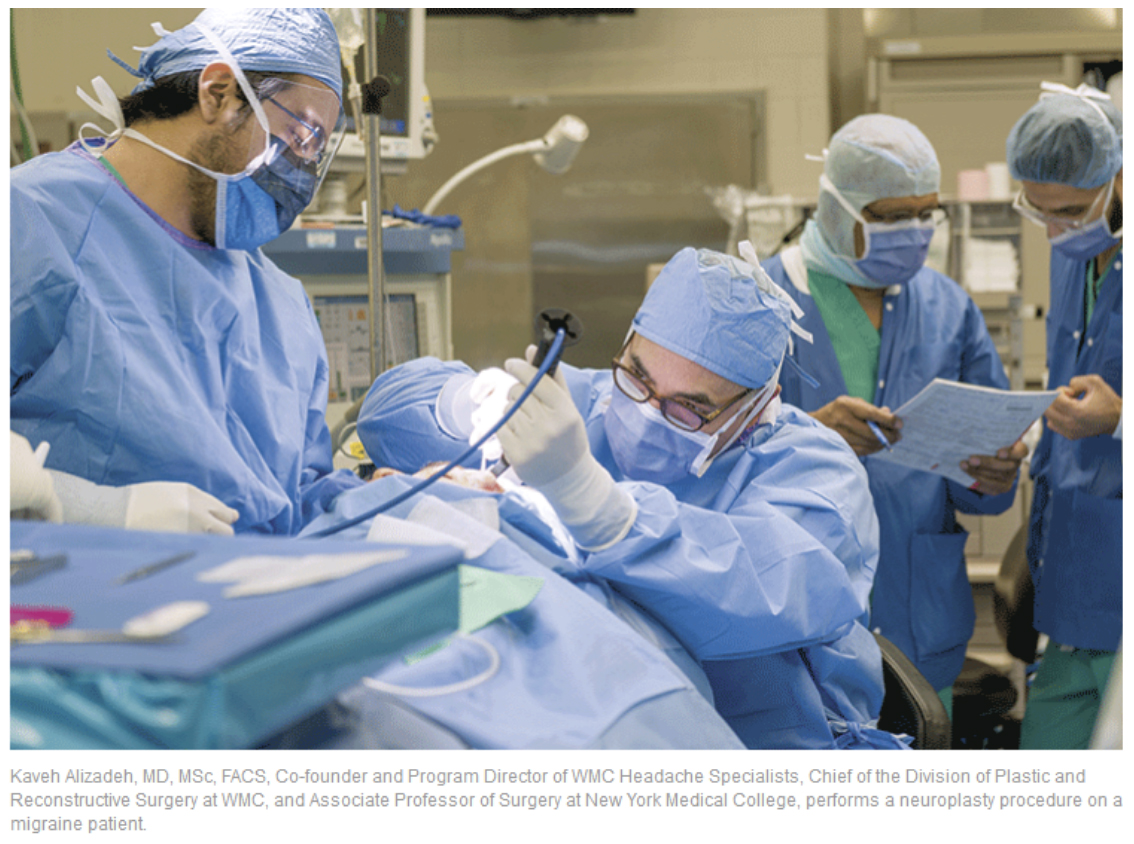For individuals who have been medically diagnosed with migraines by their doctor, there is a solution to resolve their pain. Those who have not experienced pain relief through traditional means—behavior modification, over-the-counter or prescription medications, or neuromodulation—migraine surgery in NYC may provide long-term relief from their chronic, debilitating symptoms. These symptoms often prevent them from working or attending school, and as well as impair their ability to perform even simple, everyday tasks.
Dr. Alizadeh's Media Spotlight and Global Patient Base
Dr. Alizadeh is an expert in his field and is regularly featured in the press, such as CNN, CBS 60 Minutes, NBC TODAY Show, Discovery Health, Wall Street Journal, and The New York Times. Among his many patients, Dr. Alizadeh includes world-class politicians, Oscar-winning actors, and Grammy-winning musicians. Patients seek Dr. Alizadeh from all over the world for his specialty in Migraine Surgery.
























